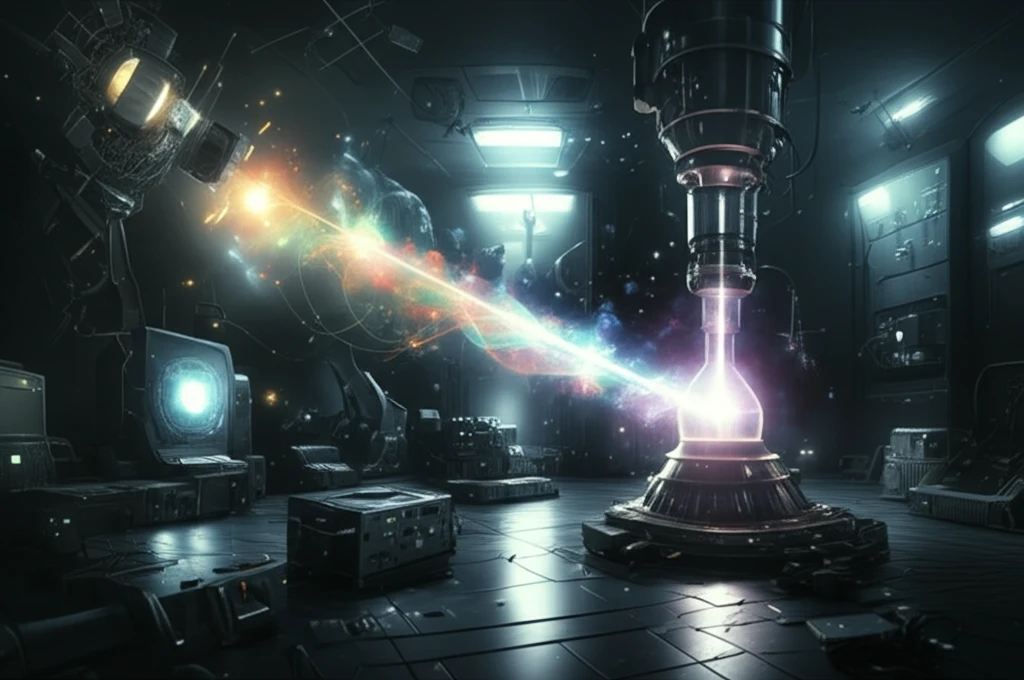
Decoding the Ionosphere: How Back-Diffusion Plasma Sources Are Revolutionizing Space Instrument Testing
"Unlock the secrets of ionospheric research: Discover how cutting-edge back-diffusion plasma generator technology is enhancing space plasma instrument development and paving the way for advanced space exploration."
For decades, scientists and engineers have relied on ground-based simulations to replicate the extreme conditions of space, particularly the ionosphere. Simulating this dynamic region—critical for satellite communications and space weather forecasting—demands sophisticated technology. Traditional methods often fall short in accurately reproducing the ionosphere's unique characteristics, leading to potential discrepancies in instrument performance once in orbit.
Enter the back-diffusion plasma source (BDPS), a pioneering device designed to mimic the ionosphere's complex environment in laboratory settings. This technology allows researchers to rigorously test and calibrate space-bound instruments, ensuring they perform optimally under real-world conditions. By fine-tuning parameters such as electron and ion density and temperature, the BDPS is enabling a new era of precision in space exploration and research.
This article delves into the inner workings of BDPS technology, its applications in ionospheric research, and its potential to revolutionize space plasma instrument development. Whether you're a space enthusiast, a science student, or an industry professional, understanding BDPS is key to grasping the future of space exploration.
The Science Behind Back-Diffusion Plasma Sources

The back-diffusion plasma source (BDPS) operates on a deceptively simple principle: electron bombardment. At its core, the BDPS uses heated filaments to emit electrons into a controlled environment containing a mix of gases, typically nitrogen and oxygen, to simulate the ionospheric composition. These emitted electrons are then accelerated by an electric field, colliding with the gas molecules and ionizing them to create plasma. This process mimics the natural ionization that occurs in the ionosphere due to solar radiation.
- Filaments: These emit electrons when heated, acting as the primary source of electrons for ionization.
- Grid and Plate: These create electric fields that accelerate electrons and direct ions.
- Gas Mixture: Typically nitrogen and oxygen, simulating the ionospheric composition.
- Vacuum Chamber: Maintains the controlled environment necessary for plasma generation.
Impacting the Future of Space Exploration
The back-diffusion plasma source is more than just a laboratory tool; it's a catalyst for advancing our understanding of the ionosphere and improving space technology. By providing a reliable and controllable means of simulating ionospheric conditions, the BDPS empowers scientists and engineers to develop more accurate and robust space instruments. This, in turn, leads to more reliable data from space missions, enhancing our ability to predict space weather, improve satellite communications, and explore the cosmos.
